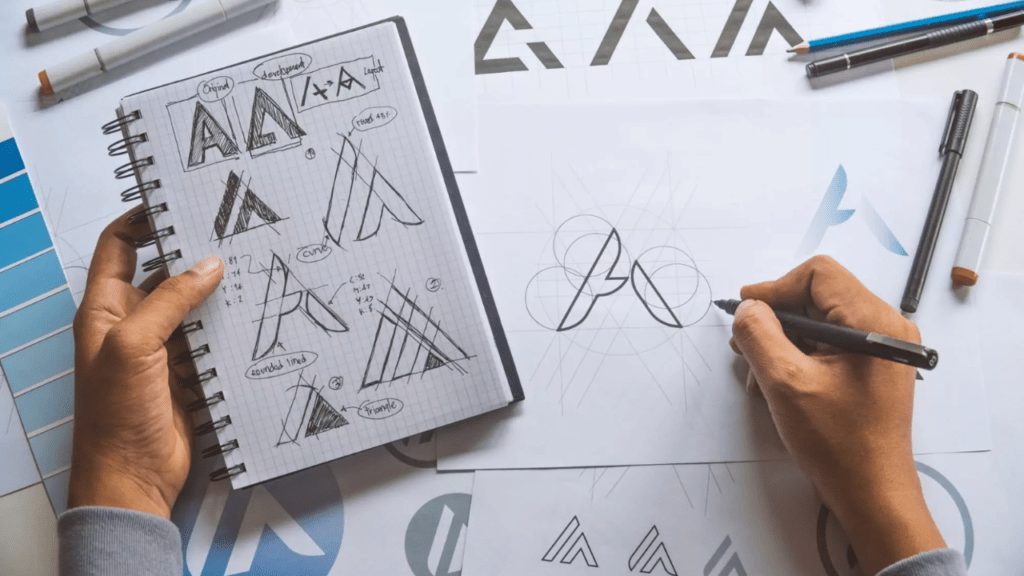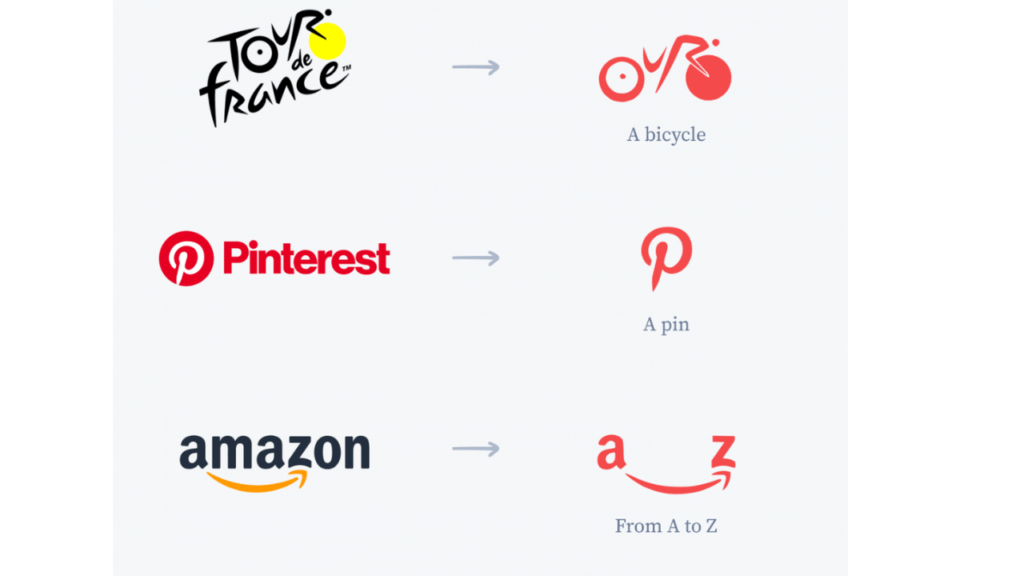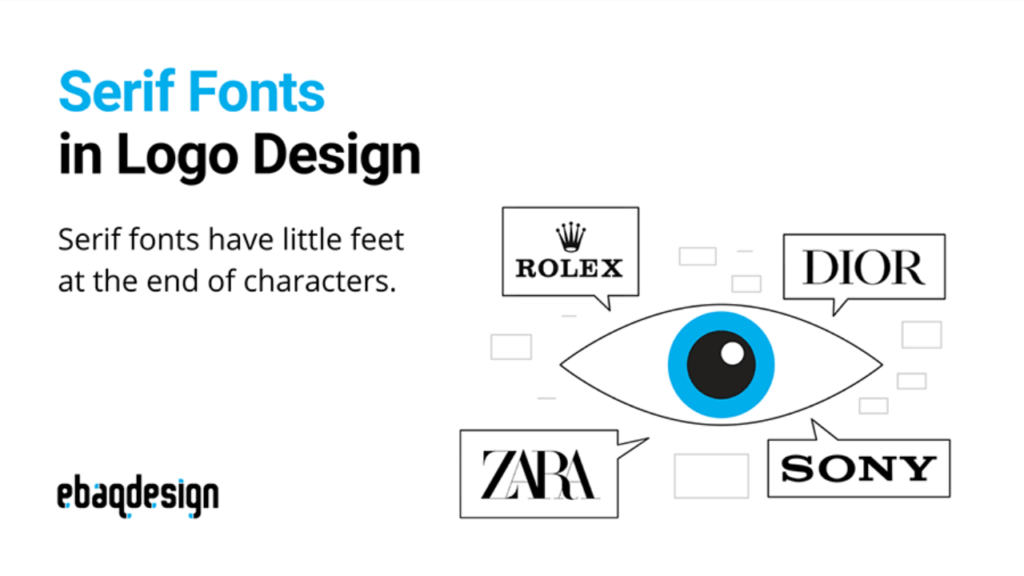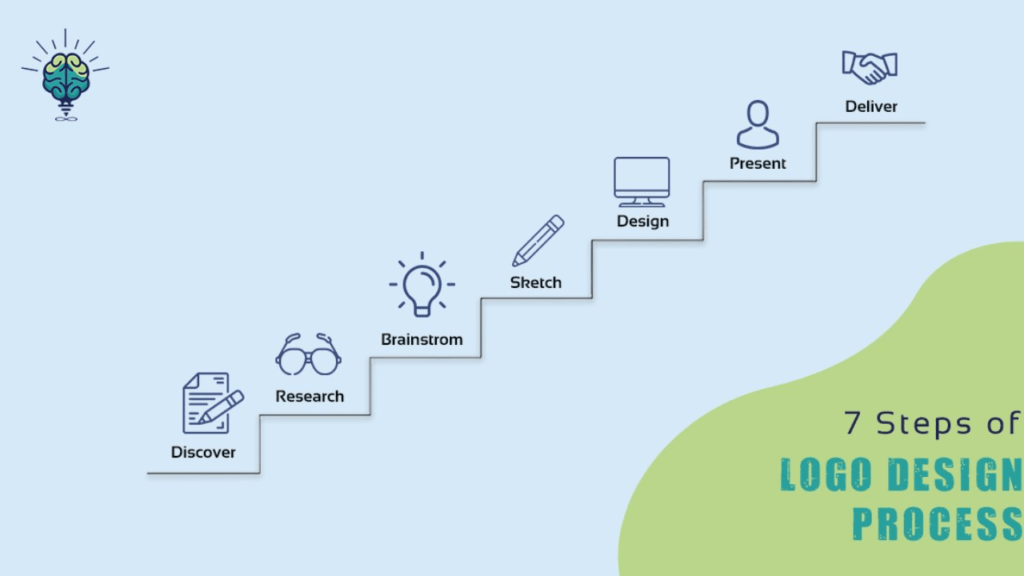
Creating a logo is one of the most critical aspects of building a brand. A well-designed logo not only represents your brand but also sets you apart from competitors, making a lasting impression on your target audience. Whether you’re a seasoned designer or just starting, knowing how to design a logo that resonates with your audience is crucial. In this guide, we’ll take you through a comprehensive step-by-step process to help you create a logo that truly stands out.
Why a Well-Designed Logo Matters
A logo is more than just a graphic symbol.; it’s the face of your brand. It encapsulates the essence of your business and communicates your brand values to your audience. A well-designed logo builds trust, fosters brand loyalty, and can even influence purchasing decisions. Imagine some of the world’s most iconic logos—Apple, Nike, McDonald’s—they are simple yet powerful, and instantly recognizable. Your logo should aim to achieve the same level of impact.
Understanding the Basics of Logo Design
Before diving into the creative process, it’s essential to understand the basic principles of logo design. A successful logo should be simple, memorable, timeless, versatile, and appropriate for the brand it represents. Simplicity ensures that the logo is easily recognizable, while versatility allows it to work across various mediums and sizes. Timelessness is key to ensuring that your logo remains relevant for years to come.
Research and Inspiration: Where to Begin
The first step in designing a logo is to gather inspiration. Start by researching your target audience, competitors, and industry trends. Understanding what works well in your industry can provide valuable insights. However, while drawing inspiration from successful logos, avoid the temptation to copy; originality is paramount.
Create a Mood Board: A mood board is a collection of images, colors, fonts, and logos that inspire you. It helps in visualizing the direction you want to take and can serve as a reference throughout the design process.
Study Your Competitors: Analyze the logos of competitors to identify what works and what doesn’t. This analysis will help you create a logo that differentiates your brand while still resonating with your target market.
Choosing the Right Logo Type

Logos come in various forms, and choosing the right type is a crucial step in the design process. The main types of logos include:
- Wordmark (Logotype): These logos consist solely of text, usually the brand’s name, rendered in a specific font. Think Google or Coca-Cola.
- Lettermark (Monogram): These logos use initials to represent the brand, like IBM or HBO.
- Icon (Symbol or Pictorial Mark): These are graphic symbols or icons that represent the brand without text, such as the Apple or Twitter logo.
- Combination Mark: A combination of a symbol and text, like Adidas or Starbucks.
- Emblem: Text is placed within a symbol or an icon, such as the Harley-Davidson logo.
Your choice depends on various factors, including your brand name, the message you want to convey, and where the logo will be used.
Typography and Fonts: Setting the Tone

The font you choose can significantly influence how your logo is perceived. Typography conveys the brand’s personality and tone—whether it’s professional, playful, modern, or vintage. When selecting a font, consider readability, scalability, and how well it complements the other elements of your logo.
Serif Fonts: Classic and traditional, these fonts are often used by brands that want to convey a sense of reliability and respectability, like Times New Roman.
Sans-Serif Fonts: Clean and modern, sans-serif fonts are popular among tech companies and brands looking to appear friendly and approachable, like Helvetica.
Script Fonts: These fonts mimic handwriting and can add a touch of elegance or creativity to a logo, such as the logo for Coca-Cola.
Display Fonts: Unique and stylized, display fonts are often used to make a bold statement, but should be used sparingly.
Color Theory in Logo Design
Colors play a vital role in logo design, evoking emotions and conveying meanings. Understanding color theory is essential to ensure that your logo not only looks good but also communicates the right message.
Red: Often associated with energy, passion, and excitement, red is a bold color choice that can make a strong impact.
Blue: Symbolizing trust, stability, and professionalism, blue is a popular choice among financial institutions and tech companies.
Green: Representing nature, health, and tranquility, green is commonly used by brands related to the environment, wellness, and sustainability.
Yellow: Bright and cheerful, yellow can evoke feelings of happiness and optimism, making it suitable for brands that want to appear friendly and accessible.
Black and White: Timeless and versatile, black and white logos convey sophistication and elegance. They are also highly practical, as they work well in various applications.
The Design Process: Bringing Your Logo to Life

With your research complete, it’s time to start sketching ideas and refining your design. Whether you’re using pencil and paper or digital tools, start with rough sketches to explore different concepts. Don’t worry about perfection at this stage; the goal is to brainstorm as many ideas as possible.
Sketching: Start by sketching a variety of concepts. Focus on different ways to represent your brand through symbols, text, and combinations of the two.
Refining: After sketching multiple ideas, select a few of your best concepts to refine. Pay attention to details such as proportions, alignment, and balance.
Digitalization: Once you have a solid concept, bring your design into a digital format. Use vector graphic software like Adobe Illustrator to create a scalable version of your logo.
Testing and Feedback: Perfecting Your Design
Before finalizing your logo, it’s crucial to test it across different mediums and gather feedback.A logo must to be versatile enough to work on a all size of media, including billboards and business cards. Along with looking excellent in color, it needs to look good in black and white.
Gather Feedback: Share your logo with a small group of people whose opinions you trust. Consider their feedback, but remember that the final decision should align with your brand vision.
Versatility Test: Test your logo across different platforms, such as websites, social media, print materials, and merchandise. Ensure it maintains its integrity and legibility in every application.
Color and Size Testing: Check how your logo looks in different colors and sizes. Make sure the logo is still recognizable when scaled down or displayed in monochrome.
Finalizing Your Logo: Preparing for Launch

Once you’ve refined your design and tested it thoroughly, it’s time to finalize your logo. Save your logo in multiple formats, including vector files (AI, EPS) and raster files (PNG, JPG) to ensure it can be used across various platforms.
Creating a Style Guide: Develop a brand style guide that outlines how your logo should be used. Include details on color codes, font choices, and guidelines for spacing and alignment. This ensures consistency across all branding materials.
Launch and Promote: Once your logo is ready, it’s time to share it with the world. Update your website, social media profiles, and marketing materials with your new logo. Consider a launch campaign to generate excitement and awareness.
How to Design a Logo: The Key Takeaways
Designing a logo is both an art and a science. It requires creativity, strategic thinking, and attention to detail..By following the steps provided in this guide, you can design a logo that effectively communicates the message of your brand and also looks great. Remember, a great logo is simple, memorable, versatile, and timeless.
FAQs
How long does it take to design a logo?
.The complexity of the project defines how long it takes to design a logo. It can take a few days to several weeks.
Can I design my own logo without any design experience?
Yes, with the right tools and resources, you can design a logo even without formal design training. However, working with a professional designer can ensure a more polished result.
What tools can I use to design a logo?
Popular tools for logo design include Adobe Illustrator, Canva, and CorelDRAW. These tools offer a variety of features to help you create a professional-looking logo.
How important is color in logo design?
Color is a crucial element of logo design, as it evokes emotions and communicates messages. Choosing the right colors can significantly impact how your logo is perceived.
Should my logo include my brand name?
Including your brand name in your logo depends on your overall branding strategy. If your brand is not yet widely recognized, including the name can help build recognition.
How often should I update my logo?
It’s not necessary to update your logo frequently. However, a logo refresh can be beneficial if your brand evolves or if the current logo feels outdated.







